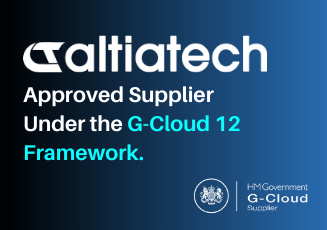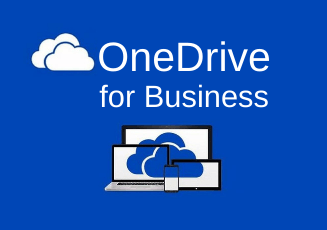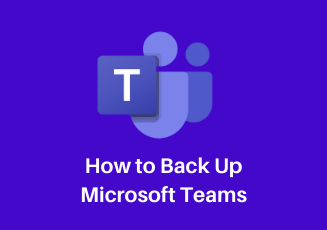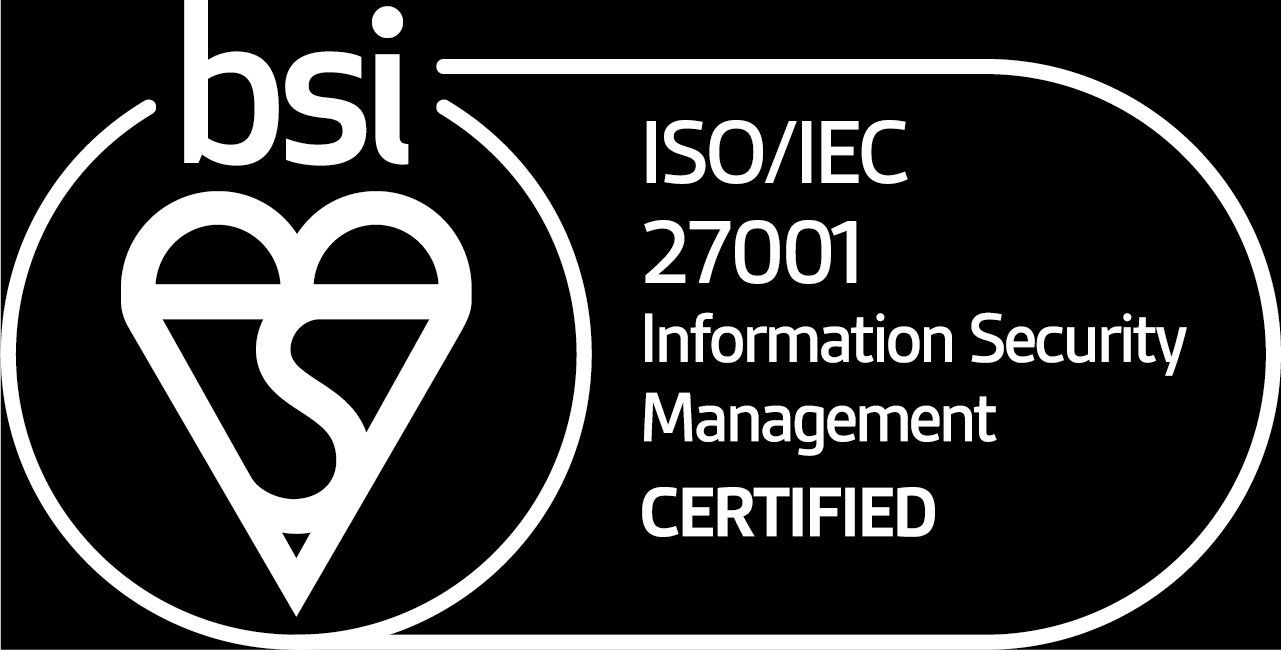
Get in touch
0330 332 5842
innovate@altiatech.com
Key Business Drivers for the Cloud
Fuad Uddin, Operations Director, Altiatech • Oct 06, 2020
Operational efficiency is now more pressing than ever, as we continue to deal with the Covid-19 pandemic and its ramifications, including redundancies, dispersed workforces, data security and logistical delays. Multiple factors drive effectiveness within a business, such as systems, processes, employee behaviour and supply chains.
Here, we take a look at how cloud technology will help improve operations and planning, and why business owners should re-examine the case for adopting the cloud.
Dramatically reduce both capital and operating costs
Cloud technology does away with the need to purchase and maintain on-premise IT systems by providing consolidated compute and storage resources for organisations to access their apps and data.
Figures of 30-50% savings are often touted by cloud technology enablers when organisations transition to the cloud, but it's important to note that cloud adoption does not automatically result in cost reduction. There are many factors to consider, such as initial configuration, legacy apps, data migration and running costs, etc.
A survey by Flexera
of 750 global cloud decision makers, estimated that cloud technology was overspending by 30%, which can be contributed to several factors such as running machines 24/7, double licensing and unoptimised storage. This massive wastage outstrips the additional spend that organisations place on the cloud (approx. 23%). Clearly, something's got to give.
To realise true cost reductions, organisations need a better understanding of how their cloud is being utilised. In response, Altiatech has created a Cloud Centre of Excellence (CCoE) Services Team to consolidate our learning and provide "best practice" for cloud migration, implementation, and usage for our customers when and where they need it.
By gathering reliable business intelligence, our CCoE Team will review and refine an organisation’s cloud adoption to help it achieve improved productivity, efficiencies, and value.
Increased agility, productivity and innovation
Since the start of the pandemic, it’s been more apparent than ever that businesses need to be agile. But not all were up to the task, and the organisations that responded with more flexibility than others have cloud technology to thank. By adopting the cloud, individuals, teams, departments, and organisations can access their apps and data more readily and maintain their productivity. The added agility of the cloud allows organisations to spin up or down their compute and storage needs in response to peaks and troughs, respectively, which is critical to controlling expenditure.
An excellent example of spin up includes our client’s (City, University of London)
capacity to use its cloud enabled telephony to allow faculty staff access to their apps and data while carrying out the university’s clearing process.
Cloud technology also increases innovation. A classic example is DevOps, where a team has a controllable cloud architecture that is built specifically for applications. Supported by a self-service (cloud) platform which enables the team to automate and quickly innovate, the effects deliver faster testing and development for your service offering in conjunction with “Continuous Development”.
Cloud technology does increase agility, but costs can, and do, spiral out of control. If we take the example of DevOps, who have a high degree of autonomy when accessing cloud resources, it doesn't take much imagination to see how an unmetered set-up can easily run into hundreds and thousands of pounds, if not more. By adopting CCoE practices, better controls can be placed to set thresholds for such teams and ensure overspend is minimised.
Cloud Intelligence
To see what's really happening in an organisation, managers need to "look within", where optimal cloud connectivity will facilitate the connection of valuable data.
Cloud intelligence gives organisations the advantage of accessing integrated real-time information, which can be structured to produce dashboards that display up-to-date Business Intelligence (BI). Utilising business data helps management stay informed and make calculated decisions such as knowing when to increase capacity, when to call upon new supply lines, and when to review operational practices for low performing areas.
As more companies adopt BI, they will respond to market changes faster, deliver higher quality services and of course, gain a significant competitive edge.
Increased automation to reduce expenditure
Why automate? Because routine tasks that are automated can be scaled up, reduce human error and are often more cost effective. Process automation technology can return quick savings using webhooks and other triggers.
A cost saving example is virtual desktops, made available once employees have authenticated use from their mobile phones to limit idle machine numbers. Other automation that migrates new data from more expensive storage to archive space can also be created to save on costs, which would benefit legal and finance sectors that have data litigation hold requirements.
The added connectivity of the cloud brings together multiple systems, ranging from business suite applications, productivity apps and business processes to building access control systems, which leads us to the Industrial Internet of Things (IIoT).
Focused on industrial applications, IIoT consists mainly of sensor-embedded infrastructures, devices, and machines that transmit data over the Internet. Analysing IIoT data enables companies to improve their efficiencies and reduce redundancies in real-time, also providing superior remote monitoring, asset tracking, and so on.
Summary
To maximise your cloud technology, it's essential to understand the art of the possible. Analysis of your cloud can help to identify and explore cloud connections across your organisation to test and enable automation.
According to Microsoft, at least 85% of organisations surveyed are adopting the Internet of Things (IoT). And this is set to increase to 94% by 2021. Leveraging IoT requires proper cloud adoption, with configurations and maintenance that adhere to CCoE practice. Better visibility of an organisation's cloud economics will lend itself to better BI and make the difference between surviving and thriving.
What next?
If you would like advice with building a strong foundation and scaling your cloud adoption, Altiatech is offering a free 30-minute consultancy call to help you navigate your cloud journey.
Please contact our CCoE Services team at cloudeconomics@altiatech.com
and book your free call today!

Altiatech is an approved supplier on G-Cloud 12, offering public sector organisations a variety of competitively priced cloud-based solutions. We have partnered with leading service providers such as Microsoft to provide elite technology solutions, including virtual desktop, cloud telephony, software licencing and cloud deployment hosting.













